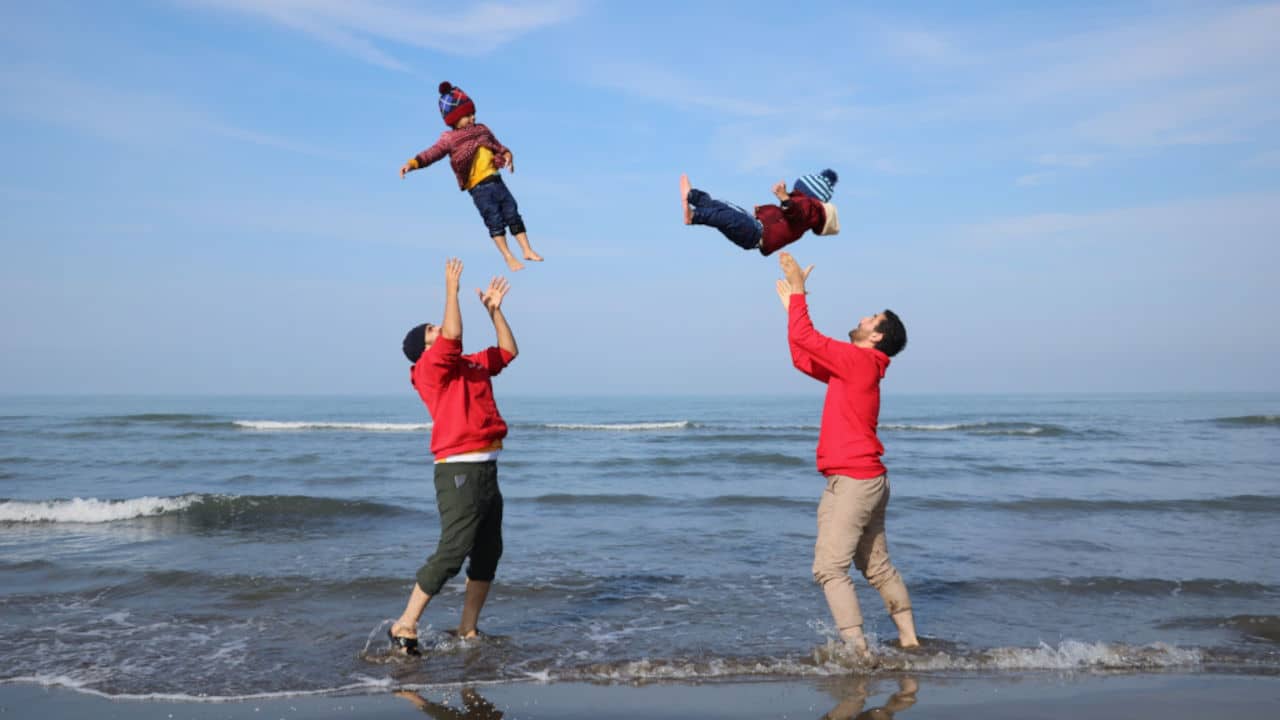Infants, by nature, cannot defend themselves; they are very vulnerable, fragile and should be handled with care. Across the world, innocently, they have been victims of shaken baby syndrome who end up suffering from traumatic brain injury and even death in some cases.
Some of the adults responsible for these injuries do them innocently as they are not aware of such damage that can happen when you shake a baby. However, in some shaken baby syndrome cases, the adults have been charged with child endangerment, assault, murder, and other crimes.
What is Shaken Baby Syndrome(SBS)?
According to the National Center on Shaken Baby Syndrome, “SBS is a term used to describe the constellation of signs and symptoms resulting from violent shaking or shaking and impacting of the head of an infant or small child.”
Simply put, SBS refers to the signs of a brain injury caused by violently shaking an infant.
According to the American Academy of Pediatrics (AAP), SBS is a subgroup of Abusive Head Trauma, which can result in death or persistent neurologic damage.
Common activities like repeatedly tossing a baby in the air, hitting a baby’s head/neck against an object, violently throwing a baby out of anger have been proven to be the most common causes of shaken baby syndrome. This is because a toddler’s brain can bounce seesaw against the skull when shaken.

Their brains are pretty fragile at such a young age, and they have delicate neck muscles that barely support their head. This can result in cerebral contusion, edema, pressure, and bleeding. The major veins that run along the outside of the brain may tear, causing more hemorrhage, inflammation, and strain that can result in lifelong brain damage or death.
Some signs of shaken baby syndrome include seizures, difficulty breathing, irritability, pale skin, vomiting, retinal hemorrhage, tremor, etc.
Can babies recover from SBS?
Shaken baby syndrome causes typically irreversible damage to the brain of an infant.
Such was the case of Benjamin Dowling, who, as a toddler, was aggressively shook by his babysitter. This left him with immense brain trauma that stunted his development and made him not develop mentally past the age of five-and-half months.
According to statistics for shaken baby syndrome published in an article by the New York State Department of Health, it was estimated that 1,000-3,000 children in the United States suffer from SBS each year, with an average of 33 children under the age of 4 years old being hospitalized each year for SBS in New York State.
Of the above cases, it was also reported that one-fourth of victims of SBS die, and 80 percent of survivors suffer from permanent damage.
Most of these incidents result in court cases as these adults can be charged with murder, as seen in the case of Benjamin Dowling’s babysitter, Terry McKirchy.
Shaken Baby Syndrome Cases and Legal Animation
Across the years, legal animation has become more acceptable in courtrooms in the United States.
It has been used in various cases, including murder, personal injury, vehicular accident, medical malpractice, product liability, etc.
However, there seems to be a popularity of legal animation in shaken baby syndrome cases.
To name a few;
In 2001, in the case of People v. Cauley, the prosecutor used legal animation to demonstrate the mechanism of injury for shaken baby syndrome after a three-month-old baby died due to head trauma from shaken baby syndrome.
In 2002, in the case of People v. Yates, legal animation was used by the expert witness on the case to demonstrate the mechanics of shaken baby syndrome leading to a subdural hematoma on the right side of the two-week-old baby’s brain.
In 2003, in the case of State v. Sayles at the Supreme Court of Iowa, the State, during the testimony of their expert witness, used legal animation to illustrate shaken baby syndrome, which caused blindness and weakness in the right side of a two-month-old baby boy.
In 2003, the case of People v. Bulmer also saw the use of legal animation in a shaken baby syndrome case.
Furthermore, in 2007, during the case of Com. v. Hardy, at the Superior Court of Pennsylvania, legal animation was also used to illustrate the plaintiff’s theory of shaken baby syndrome causing injuries to a baby.
In addition, the case of State v. Stevens at the Supreme Court of Idaho in 2008 also saw the use of legal animation in court for a shaken baby syndrome case.
All these cases mentioned above and many more show how the use of legal animation is prevalent in cases relating to shaken baby syndrome.
Its use across courts in different states signals how powerful it is. Hence, attorneys looking to win shaken baby syndrome cases will do themselves a lot of good by using legal animation.





